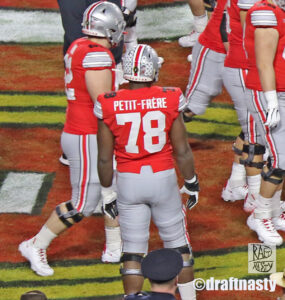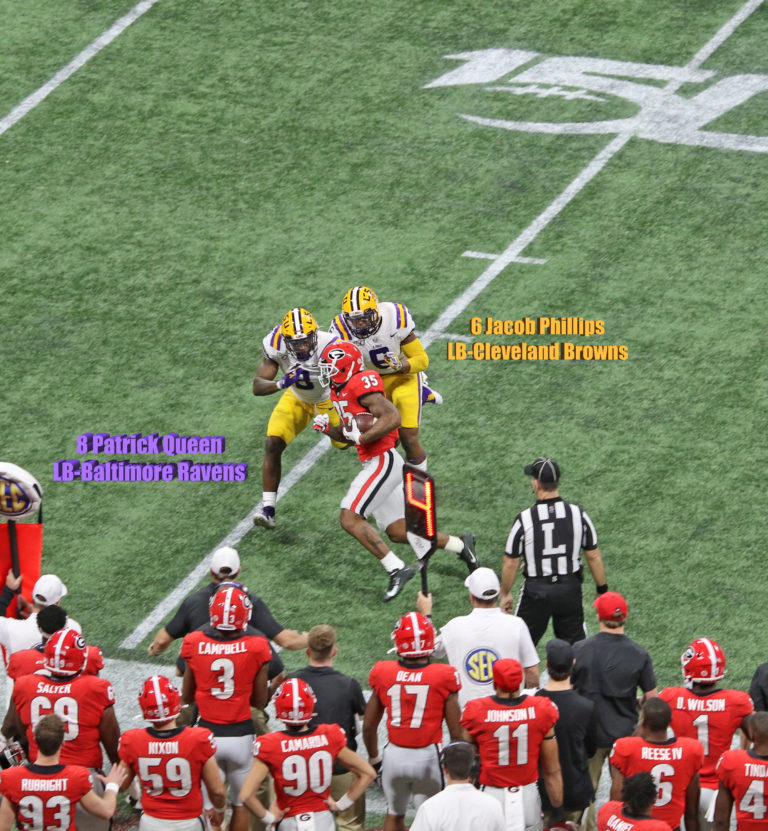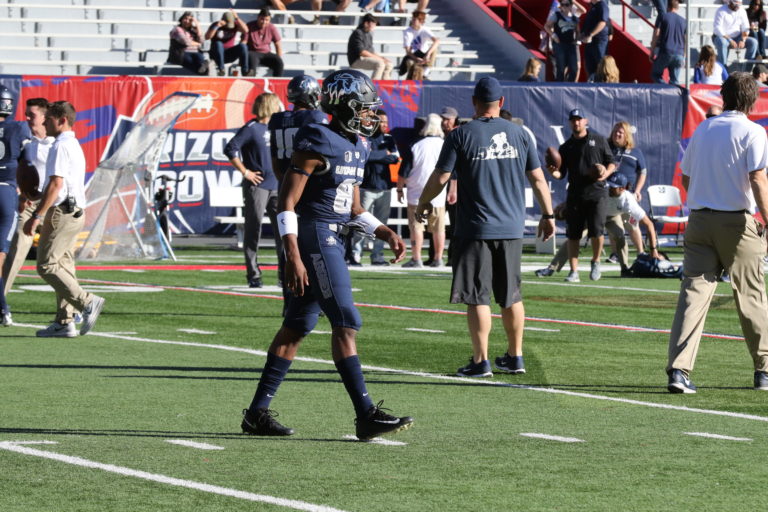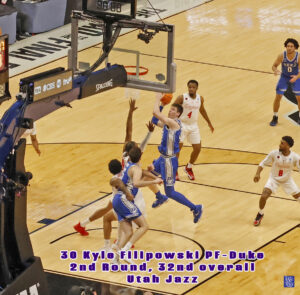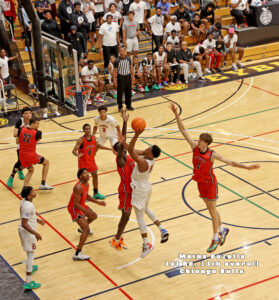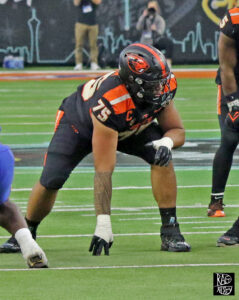Baltimore Ravens Notable picks: The Ravens went LB twice in its first five picks. It is a position that they...
Grant Delpit
Utah State wide receiver/kickoff returner Savon Scarver's foot speed and elusiveness have put him on a historic pace. Although he...
